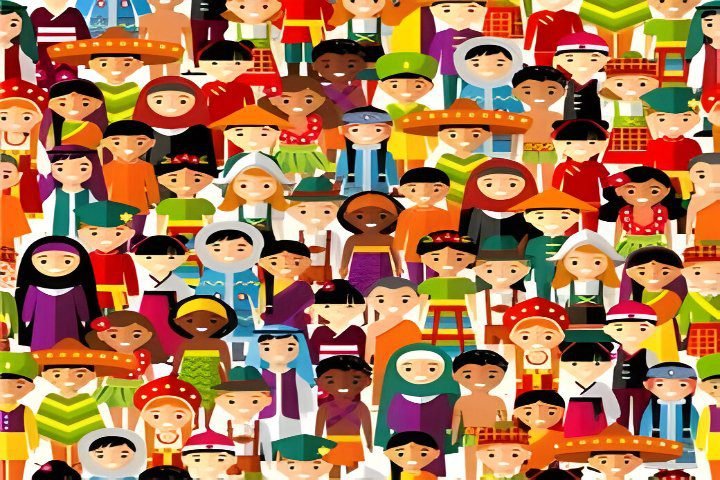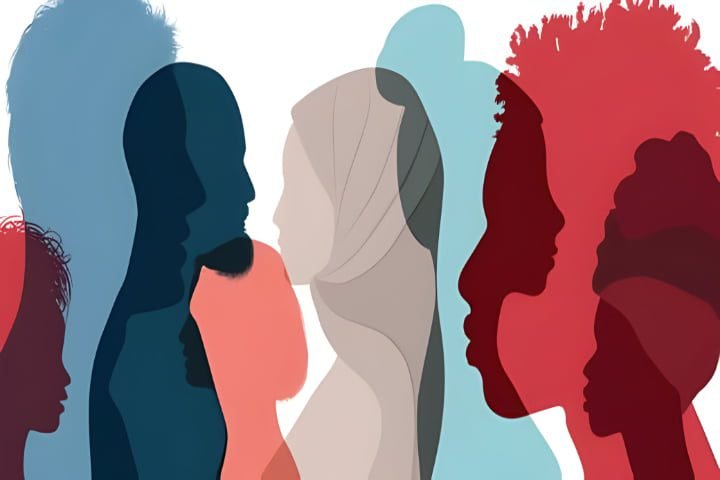CUET UG Culture and Communication
Dimensions of Culture
Our cultural background makes each of us unique as individuals and as part of a larger social group, which is a complex web of norms, practices, beliefs, and symbols.
It shapes our perceptions, influences our interactions, and guides our actions. But what does this complex phenomenon that we call culture consist of?

Culture is fundamentally not static but a dynamic web made from various threads of human expression. These threads, also known as dimensions, include a wide variety of cognitive, normative, and material aspects that individually and collectively contribute to the formation of our perception of the world.
By examining these three dimensions of culture, we can better understand how culture manifests itself in our lives.
- Cognitive: This refers to how we learn to process what we hear or see and give it meaning.
- Normative (explicitly stated): This refers to rules of conduct
- Material (tangible, visible, or audible): This includes any activity made possible by means of materials. Materials also include tools or machines.
Cognitive Aspects of Culture

Cognition refers to understanding, how we make sense of all the information coming to us from our environment. The cognitive aspects of culture are how people in the same culture think, understand, and process knowledge.
These ways of thinking aren’t just about what people know or believe; they also affect how they see things, solve problems, remember things, and organize and understand the information in their culture.

These things are deeply rooted in a culture’s language, symbols, educational systems, and ways of socializing. They shape how people in that culture think about the world and try to make sense of their experiences.
Cognitive aspects of culture are not static; they change as societies learn new things and incorporate them into their lives. This skill of adapting is very important for the survival and growth of a culture. This changing process can be seen in how cultures use new technologies, adopt new ideas, and find ways to balance them with their old views. Combining new and old ways of thinking, helps cultures deal with the complexities of a changing world effectively.
Normative Aspects of Culture
The conventions and norms that everyone in a society follows are called normative aspects of culture. These norms are the rules or standards that tell people what is right and wrong, acceptable and not, in a certain culture. They include everything from simple rules of social behavior to complicated laws and religious teachings.

These norms are essential for the functioning of society, providing a sense of order and predictability. However, they are also subject to change, reflecting culture’s dynamic and evolving nature.
Norms are rules that people don’t always follow, but laws are clear rules that everyone must follow. The French scholar Pierre Bourdieu advised us to remember that there are hidden meanings behind the rules of another culture when we try to understand them.
For instance, if someone is thankful for something they were given, they shouldn’t give something back too soon, because that would look like they are trying to get out of debt, not as a friendly act.
Material Aspects of Culture
The material aspects of culture encompass the physical objects, resources, and spaces that societies create and value. These things are not just for decoration or practical reasons; they have deep cultural significance and reflect a culture’s beliefs, values, and histories.

It includes architecture, food, clothes, tools, art, and many other things that demonstrate a culture’s technological advances, aesthetic tastes, social hierarchies, and everyday life.
Material culture is not static; it is subject to change and exchange. Materials and the cultural values attached to them are constantly traded between societies through trade, migration, and digital connectivity. This contact can bring foreign ideas into local cultures and spread cultural goods worldwide.
In essence, the dimensions of culture give us a complete framework to understand the complicated nature of human societies. Each dimension gives us a different perspective on how culture affects the way we think, act, and interact with others.
The CUET UG Mass Communication syllabus contains this topic under the Culture and Communication section.








